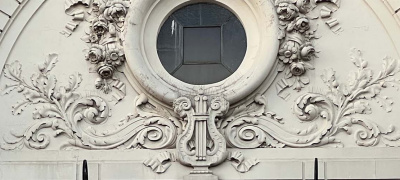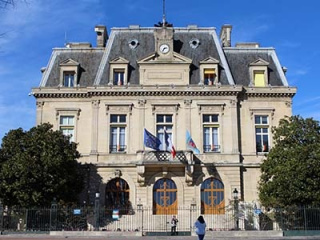Sotheby's International Realty
- 138 Avenue Victor Hugo
- 75116 PARIS, France
- +33 1 40 60 50 00
Sotheby's International Realty
- 50 rue d'Auteuil
- 75016 PARIS, France
- +33 1 56 26 56 55
Sotheby's International Realty
- 82 Avenue de Wagram
- 75017 PARIS, France
- +33 1 46 22 27 27
Sotheby's International Realty
- Place Sainte Foy - 2 Rue de Chézy
- 92200 NEUILLY, France
- +33 1 41 43 06 46
Sotheby's International Realty
- Place Sainte Foy - 2 rue de Chézy
- 92200 NEUILLY, France
- +33 1 41 25 00 00
Sotheby's International Realty
- 37-39 rue de Turenne
- 75003 PARIS, France
- +33 1 48 87 14 41

- Home
- >
- Area
- >
- Nogent sur Marne
Nogent sur Marne

Nogent-sur-Marne, located in the Val-de-Marne department near Paris, is a city renowned for its pleasant living environment and rich historical heritage. Seamlessly blending tradition and modernity, it offers a unique setting for its residents.
The vibrant heart of Nogent-sur-Marne is the town center, bustling with a variety of shops, restaurants, and cafés. This lively area is perfect for family outings and social gatherings. Moving towards the Port district, you’ll find an iconic area famous for its charming guinguettes and colorful houseboats. This scenic spot along the Marne River is ideal for leisurely walks or dining by the water.
The Viselets neighborhood offers a more tranquil, residential atmosphere. Here, streets are lined with elegant houses surrounded by gardens, providing a peaceful and green setting that is highly desirable for families seeking serenity.
Nogent-sur-Marne boasts modern and diverse infrastructure. The Pavillon Baltard, a stunning example of 19th-century metal architecture, is a cultural landmark that hosts various events and exhibitions. The city also features well-regarded schools and comprehensive sports facilities for recreational activities. Its public transport network is robust, with multiple RER and bus lines offering easy access to Paris and the surrounding areas.
In terms of real estate, Nogent-sur-Marne provides a range of options. Prospective buyers can choose from contemporary apartments with modern amenities or charming older homes. Properties with gardens, particularly in neighborhoods like Viselets, are highly sought after. Real estate prices are more affordable compared to Paris, reflecting the high quality of life and the appealing environment of the city.
The Marne Riverbanks are a major asset, offering a picturesque backdrop for outdoor leisure activities. Aristide Briand Square is a central and lively spot, hosting weekly markets and local events that contribute to the city's vibrant atmosphere.
In summary, Nogent-sur-Marne combines historical charm with modern comforts. Its diverse neighborhoods, quality infrastructure, and dynamic real estate market make it an ideal choice for those looking to enjoy the proximity of Paris while benefiting from a peaceful and attractive living environment.




